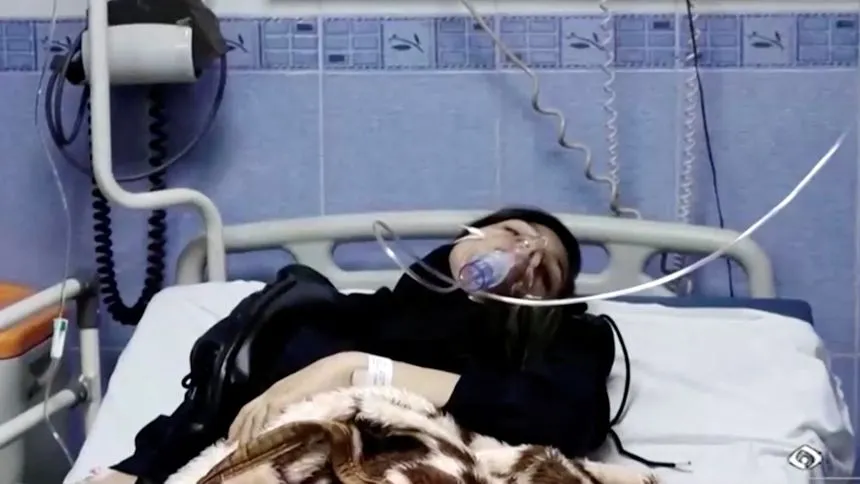We are deeply concerned about the recent reports of mysterious poisonings that have affected scores of Iranian schoolgirls in several provinces. While investigations are ongoing, there are some disturbing facts that have emerged about this alarming public health crisis. In this article, we present five of the most important things to know about the poisoning of Iranian schoolgirls.
The scale of the poisoning is massive
According to official sources, more than 800 students from at least 13 schools across four provinces have been hospitalized due to symptoms of poisoning. The symptoms vary but include nausea, vomiting, headaches, dizziness, and loss of consciousness. Some of the affected students remain in critical condition, and at least one has died. The sheer number of victims suggests that this is not an isolated incident but a widespread public health emergency.
The cause of the poisoning is unknown
Despite extensive testing of various environmental, food, and water samples, the exact cause of the poisoning remains unclear. The authorities have ruled out some possible sources of contamination, such as pesticides, lead, and bacteria, but have not identified a definitive culprit. Some reports suggest that the poisoning may be linked to contaminated water sources or chemical leaks, but these claims have not been confirmed. The lack of a clear cause makes it harder to contain the spread of the poisoning and prevent further harm.
The victims are mostly female students
While both male and female students have been affected by the poisoning, the majority of the victims are female. This gender disparity raises questions about the possible motives and targets of the poisoning. Some experts have suggested that the poisoning may be part of a broader pattern of violence and discrimination against women and girls in Iran. Others have speculated that the poisoning may be linked to cultural or religious beliefs that view education as a threat to traditional values.
The response of the authorities has been criticized
The handling of the poisoning crisis by the Iranian authorities has come under fire from many quarters. Some critics argue that the initial response was slow and inadequate, and that the affected students did not receive prompt and proper medical attention. Others point out that the government has been reluctant to disclose information about the poisoning or to involve independent experts in the investigation. The lack of transparency and accountability has eroded public trust in the authorities and fueled rumors and conspiracy theories.
The poisoning highlights broader health and environmental challenges
The poisoning of Iranian schoolgirls is not an isolated incident but a symptom of larger health and environmental issues that affect many communities in Iran and beyond. These include air pollution, water scarcity, chemical hazards, and inadequate health care systems. Addressing these challenges requires not only immediate actions to contain and treat the affected students but also sustained efforts to improve the overall health and well-being of all Iranians, especially the most vulnerable and marginalized.
Conclusion
In conclusion, the poisoning of Iranian schoolgirls is a serious and disturbing public health crisis that demands urgent attention and action from all stakeholders. We call on the Iranian authorities to prioritize the health and safety of their citizens and to ensure that the affected students receive the best possible medical care and support. We also urge the international community to provide assistance and expertise to Iran in addressing this crisis and in promoting sustainable and equitable development for all.

1 thought on “5 Disturbing Facts about the Poisoning of Iranian Schoolgirls”